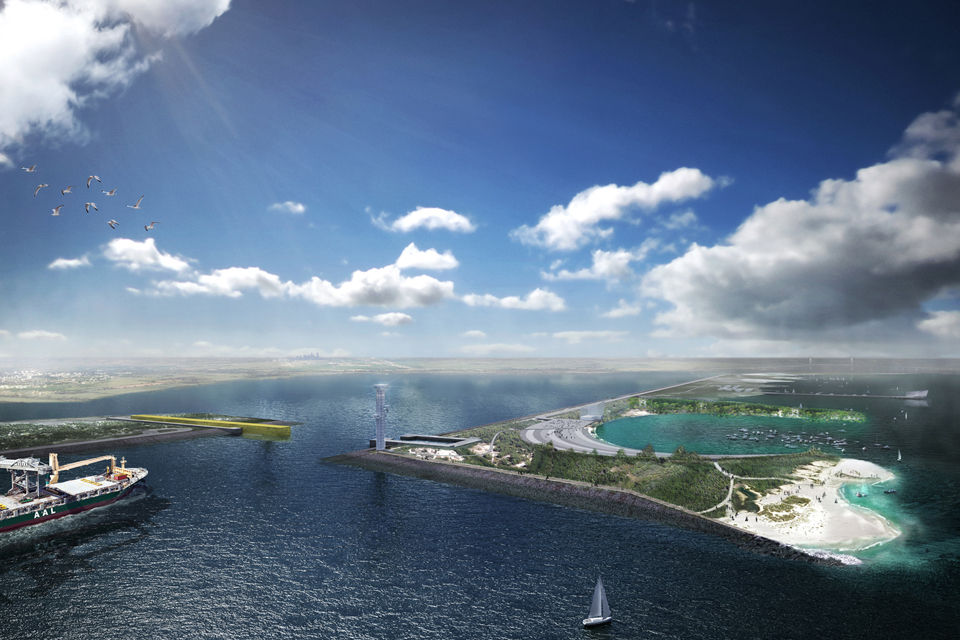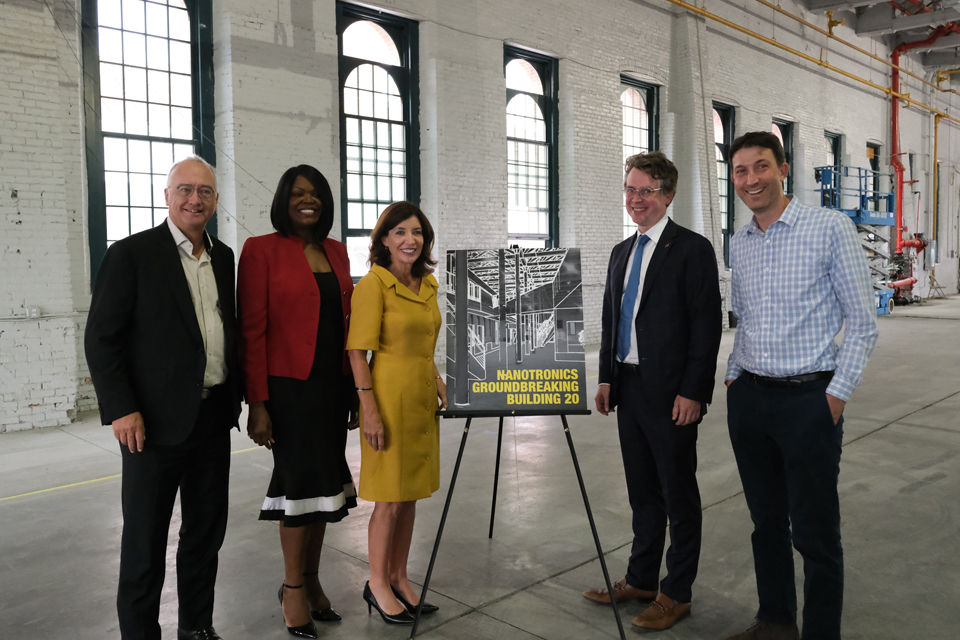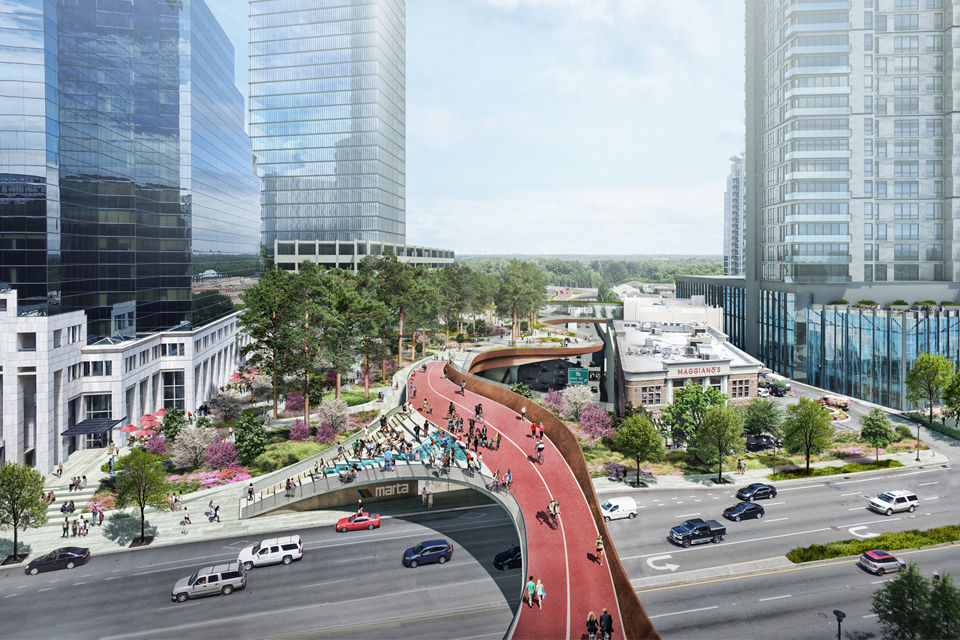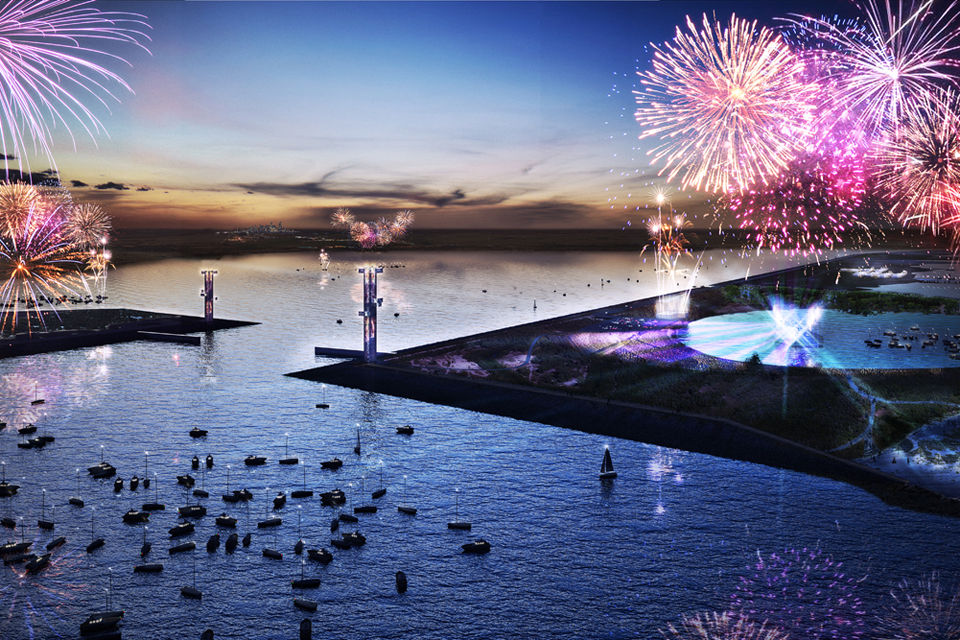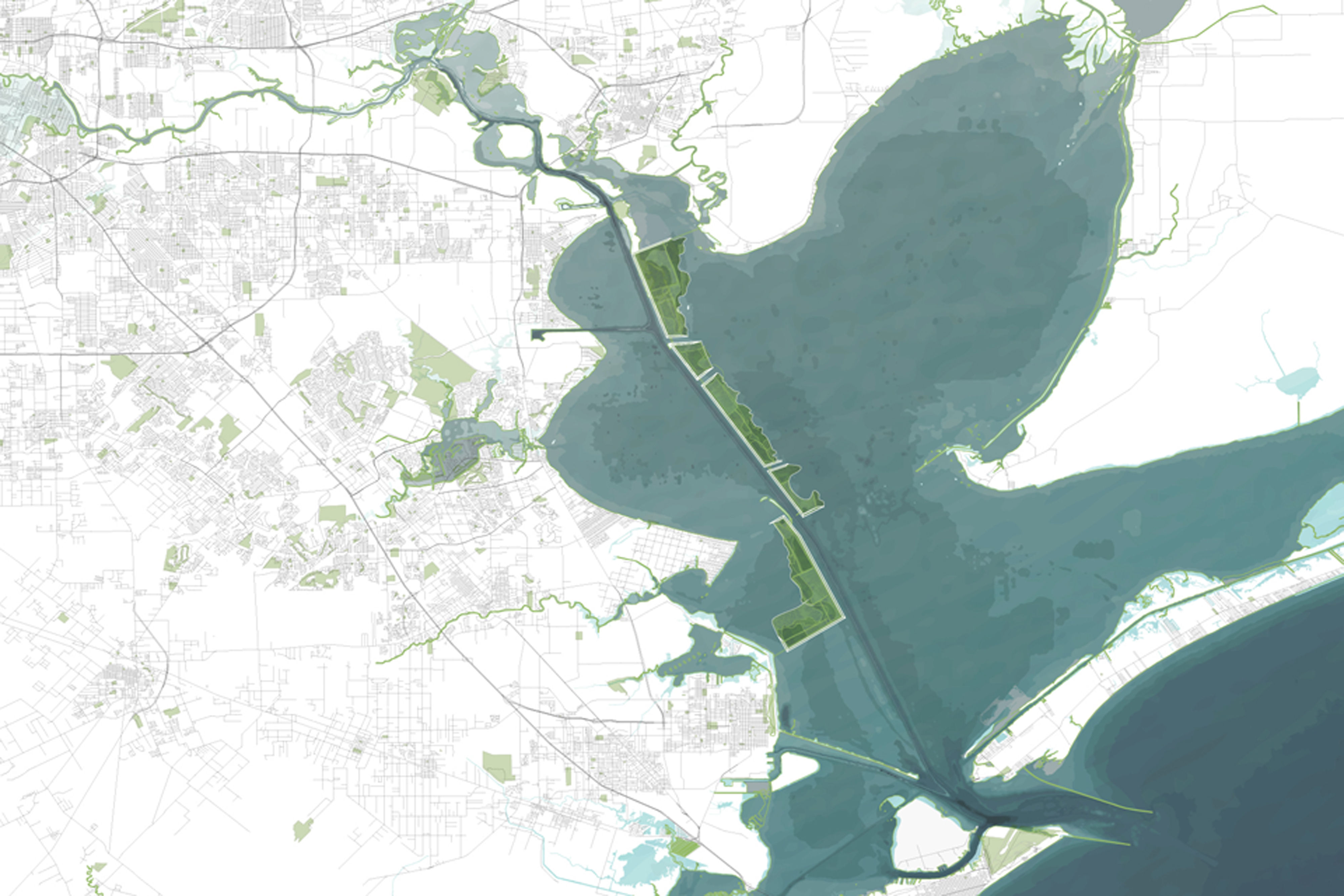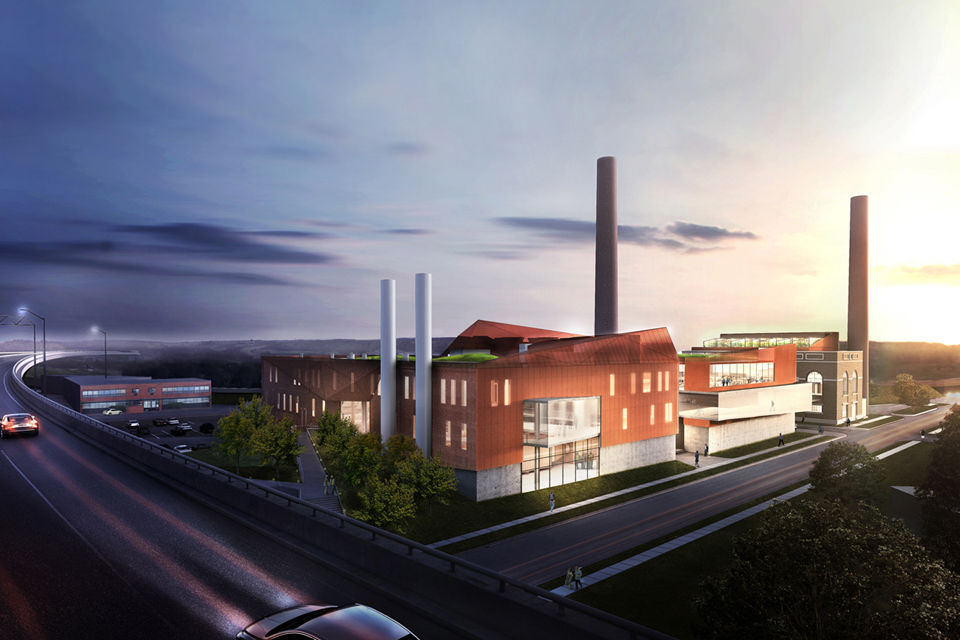
Climate week 2019 focuses on 11 core themes to promote action and urgency. Our Syracuse University Energy Campus project embodies several of these important themes, demonstrating an expanded vision of sustainability that considers energy production and consumption alongside community health and development that meets the needs of the present without compromising the future. A National Model – from regional grids to local energy producers, waste heat to productive urban agriculture, fenced industrial sites to permeable energy campuses, the status quo to a thriving research center, this project is a visionary example for a new American Energy Landscape. Energy Dependence to energy autonomy – the campus promotes local, responsible energy production, limiting the stress on regional grids and reducing the effects of blackouts and the energy spent on transmission distances. Public health, safety, and outreach – Combatting the phenomenon of urban food deserts, a community grocery store, teaching kitchens, and a farmer’s market help ameliorate public health concerns while also activating the street. By channeling waste heat into new rooftop Greenhouses, the University can provide local, year-round food production and urban agriculture research. Site sustainability – Rainwater is collected and reused in the greenhouses and in the building’s gray water system, limiting runoff and reducing local sewer overflow, and green roofs, landscaping, pervious pavement, and light-colored roofs reduce the heat island effect. Beyond preserving local heritage in the built environment and reinforcing a sense of place, repurposing existing structures is, in itself, a critical aspect of a new and necessary culture of sustainability in the built environment.

